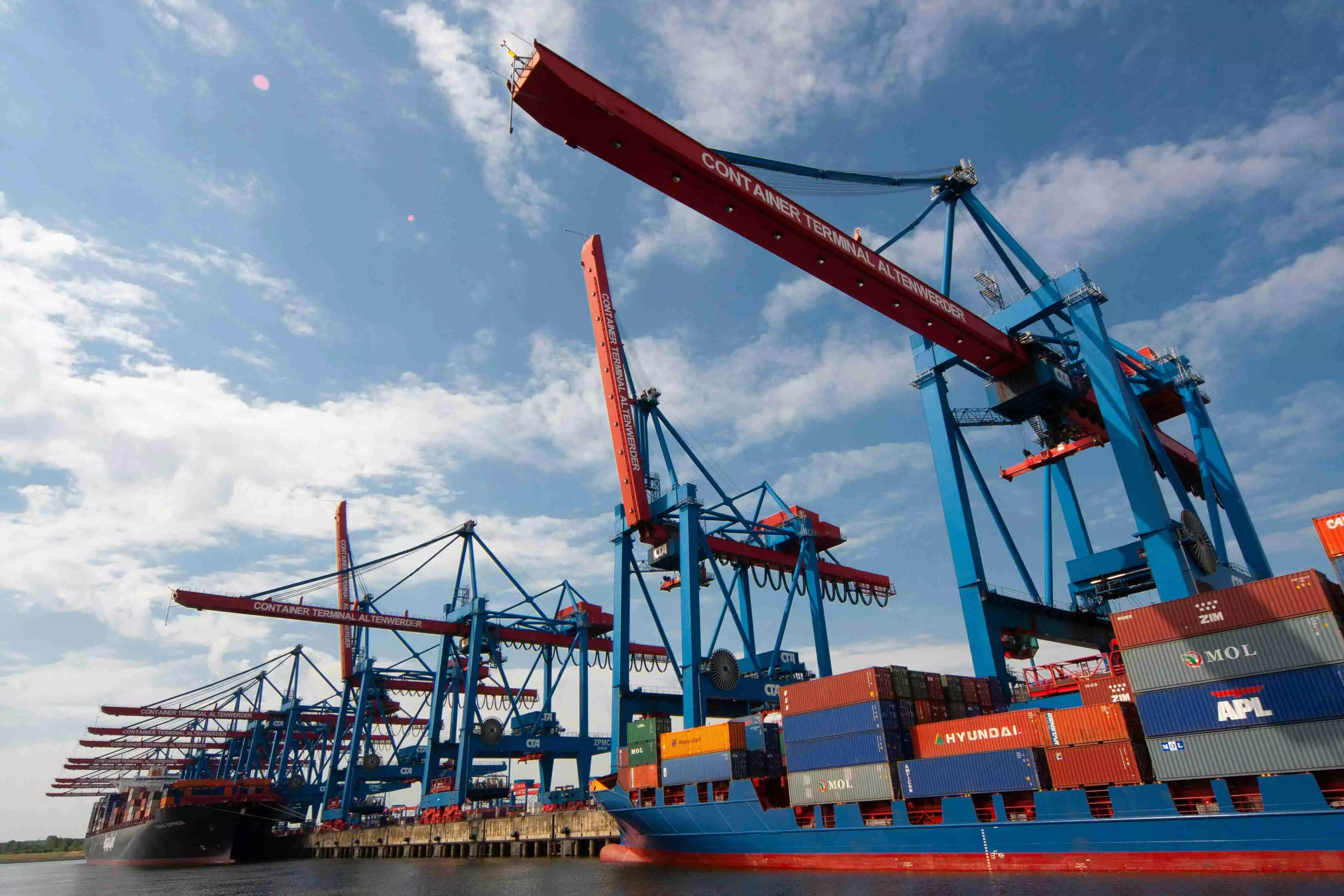Growing imbalance

The recent report by the Global Trade Research Initiative (GTRI) presents a concerning picture of India’s trade dynamics in relation to China. As the 2023-24 data reveals, Indian imports from China have surged to an unprecedented USD 101 billion, marking a significant jump from USD 70 billion five years prior. This sharp rise in imports, particularly in industrial goods where China now commands a 30 per cent share, signals a deepening dependency that could have far-reaching consequences for India’s economic and strategic autonomy.
China's dominance is no longer limited to conventional sectors like electronics; it spans across eight major industrial sectors including machinery, chemicals, and pharmaceuticals. This broad-spectrum dominance by China highlights a critical vulnerability in India's industrial supply chains, especially given the stagnated exports to China which hover around USD 16 billion annually, leading to a cumulative trade deficit exceeding USD 387 billion over the past six years. This growing trade imbalance may have both economic and strategic repercussions.
In times when supply chain resilience has become synonymous with national security, India’s increasing reliance on Chinese imports for critical sectors poses a significant risk. This is exacerbated by the entry of Chinese firms into the Indian market, which as per GTRI’s findings, is set to further accelerate the pace of imports as these firms prefer sourcing from their parent companies back home.
At the same time, heavy reliance on imports, particularly in sectors like machinery and pharmaceuticals, undercuts India’s industrial development and self-sufficiency goals. It stifles local industry growth and innovation, which are critical for economic diversification and job creation. The data is telling: nearly half of the imports from China consist of capital goods and machinery. This reflects poorly on India’s manufacturing capabilities.
It is not that India is not making efforts to counter this growing vulnerability, but the results have been underwhelming. The Indian government tried to implement stringent measures to reduce dependency on low-quality Chinese imports by setting technical regulations for around 370 products across various sectors such as chemicals, steel, and consumer electronics. Additionally, the government, during the past years, outlined support for 12 key sectors, including textiles and pharmaceuticals, to transform India into a global supplier and reduce the import bill. It also resorted to anti-dumping measures, which didn’t yield satisfactory results.
Against this backdrop, the GTRI report rightly calls for a reassessment of India’s import strategies. This entails not just reevaluating trade ties but bulwarking domestic industries through targeted policies and incentives that encourage research and development, apart from scaling up of manufacturing capabilities.
India could take a cue from global trends where countries are increasingly looking inward for industrial growth while also seeking to diversify their trade partners. Initiatives like 'Make in India' need to be strengthened with clear strategies for sectors where dependency ratios are uncomfortably high.
Moreover, it is imperative to leverage India’s burgeoning start-up ecosystem to innovate in sectors where imports dominate. Supporting these ventures with capital, expertise, and a conducive policy environment could yield alternatives to imports and push India towards technological and industrial self-reliance.
The GTRI report is a wake-up call for India to critically evaluate its trade and industrial policies. Ensuring economic resilience and strategic autonomy in a rapidly changing global landscape is crucial. This will require bold measures, judicious policymaking, and a consistent effort towards building an economically robust and self-reliant India.



